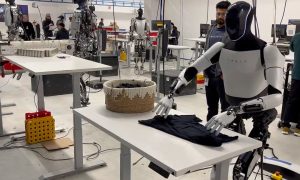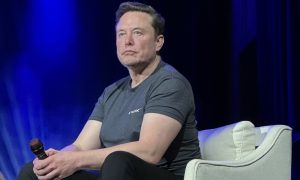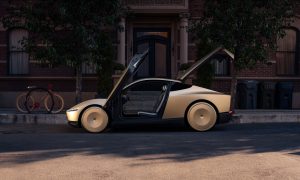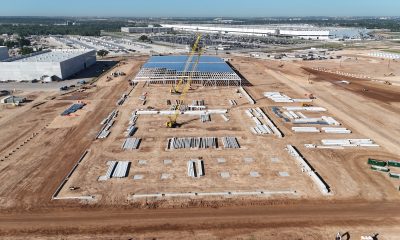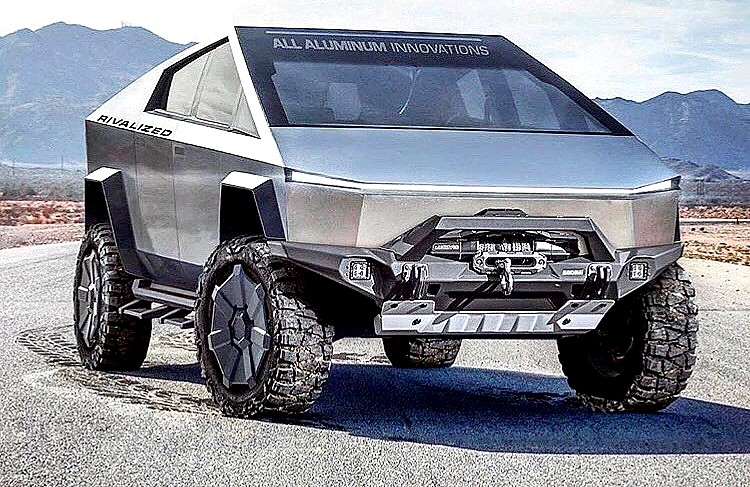

News
The Tesla Cybertruck’s tough character can help address a horrible emissions trend
An emissions problem that seems worse than Dieselgate may be brewing in the United States, and it would likely take a perception shift to battle it well. As indicated by a new federal report from the Environmental Protection Agency’s Office of Civil Enforcement, over half a million owners and operators of diesel pickup trucks in the US have been illegally disabling their vehicles’ emissions control technology during the past decade. This trend, which continues to be popular, have allowed excess emissions equivalent to around 9 million extra trucks on the road.
Intentional Emissions
The EPA’s findings in its report echo the shocking revelations of the Dieselgate scandal, which involved Volkswagen admitting to illegally installing defeat devices in millions of passenger cars worldwide to cheat emissions tests. About half a million of these vehicles were sold in the United States. Yet inasmuch as Dieselgate was shocking, what makes the EPA’s recent report quite alarming is the fact that truck owners themselves are the ones–as well as small auto shops–who are willingly installing the illegal emissions-increasing devices on their pickups.
This makes it extremely difficult to accurately measure the scope of the US pickup truck market’s emissions problem. The EPA’s report estimates that there are over half a million pickup trucks in the US equipped with emissions-increasing devices over the past decade. However, the EPA’s study only focused on devices that were installed in heavy pickup trucks like the Chevy Silverado and the Dodge Ram 2500, which weigh between 8,500 to 14,000 pounds. Considering that some owners of smaller trucks like the Ford Ranger may also be engaged in the same practice, there is a good chance that the US’ pickup truck emissions problem may very well be far bigger, involving millions of vehicles nationwide.
“One reason it is difficult to estimate the full extent of tampering nationwide is that the Air Enforcement Division has reason to believe this conduct occurs within most or all categories of vehicles and engines, including commercial trucks, passenger vehicles, pickup trucks, motorcycles, forestry equipment, and agricultural equipment,” the report read.
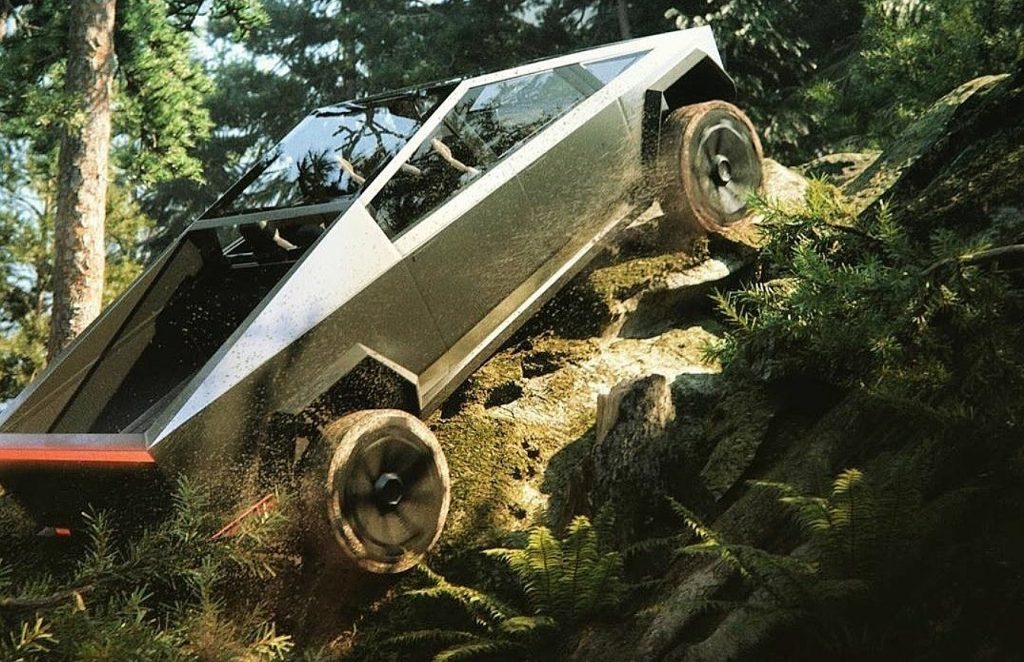
Worse than Dieselgate
According to the report, the modifications that “diesel tuners” in the US place in pickup trucks could result in the release of over 570,000 tons of nitrogen dioxide, a substance associated with diseases like heart and lung disease, over the lifetime of the vehicles. This is more than 10x the excess nitrogen oxide emissions attributed to Volkswagen’s Dieselgate vehicles that were sold in the United States. The report further stated that the modified pickup trucks will hit 5,000 excess tons of industrial soot over their lifetime. Industrial soot, also known as particulate matter, is linked to respiratory diseases and higher death rates for COVID-19 patients.
John Walke, an expert in air pollution law at the Natural Resources Defense Council, noted in a statement to The New York Times that the EPA’s findings came at the worst time possible. “A global respiratory pandemic is the worst time to find out that there is this massive cheating by the makers of these devices. That is an astronomically high level of smog-forming pollution. It’s happening at ground level where people are breathing the fumes. And if the problem extends to other vehicles it’s almost unimaginable what the health impact will be,” he said.
Phillip Brooks, a former EPA emissions investigator and a veteran of the Dieselgate case, shared his thoughts on the US pickup truck market’s budding emissions controversy. “The aftermarket defeat device problem is huge. A lot of people just don’t understand what the problem is — your average person buys a vehicle and says, it’s my vehicle, I can do what I want with it. They may not even be aware that these devices are illegal,” he said. “But the real question is impact. If 10 people do it, there’s no impact. But these are numbers that are meaningful for air quality. This is not a great way to express how to be a free American, but there are a lot of people out there who think that way.”
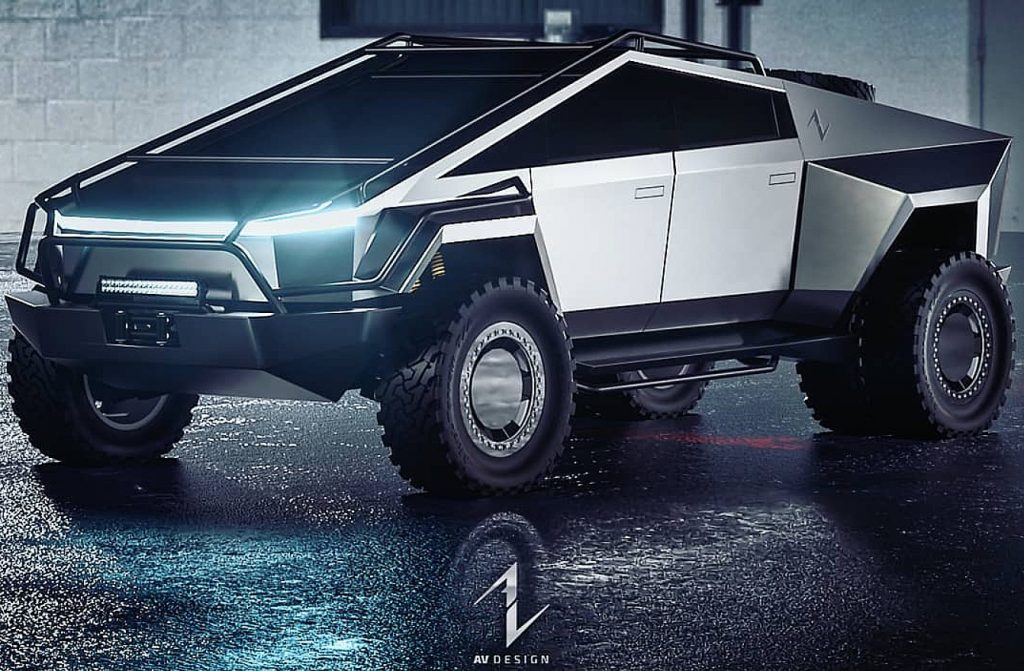
The Need for a Diesel Pickup Predator
To battle such a horrible emissions trend, a change of perception is needed that is not that different from what the Model S ushered in for the high-performance sedan market. Diesel tuners, after all, equip vehicles with illegal emissions-increasing equipment largely to improve a pickup truck’s performance. If a vehicle were to be introduced in the pickup truck market that is so far ahead in durability, power, and performance compared to the veterans of the pickup segment, then large diesels could end up going the way of horse-drawn buggies. There are few vehicles that are better at leading this charge than the Tesla Cybertruck.
Similar to the next-generation Roadster, the Tesla Cybertruck has the potential to be a “smackdown” of sorts to the diesel pickup truck market. It’s a large vehicle with a domineering stance designed to look like a futuristic armored personnel carrier. Avid diesel aficionados tend to poke fun at EVs due to their tame, sleek, looks. There’s nothing of that in the all-electric pickup. The Cybertruck, with its XY, origami-like exoskeleton, is a steel beast: tough, unapologetic, and it looks like something that even a large diesel truck should not cross. This trend continues to the Cybertruck’s performance and utility, with its 0-60 mph time of 2.9 seconds, its 6.5-foot truck bed, its 14,000-lb towing capacity, and 500+ miles of range.
Assuming that Tesla does release the Cybertruck with specs that meet those that were announced during the vehicle’s unveiling, the all-electric pickup could utterly outperform diesel rivals to such a degree that it would be embarrassing for traditional trucks to stand toe-to-toe against the steel monster. And once this is established, perhaps the time would soon come when diesel-powered modified trucks could become laughable in the face of superior vehicles that just happen to have zero emissions. Such a time, while unfortunate for the US’ long history of large diesel trucks, would likely be appreciated by the environment and the populace as a whole.
Read the EPA’s report on tampered US pickup trucks and their emissions below.
EPA-US Emissions Scandal Pickup Trucks by Simon Alvarez on Scribd
Elon Musk
Tesla recruits data collection operators for Optimus bot development
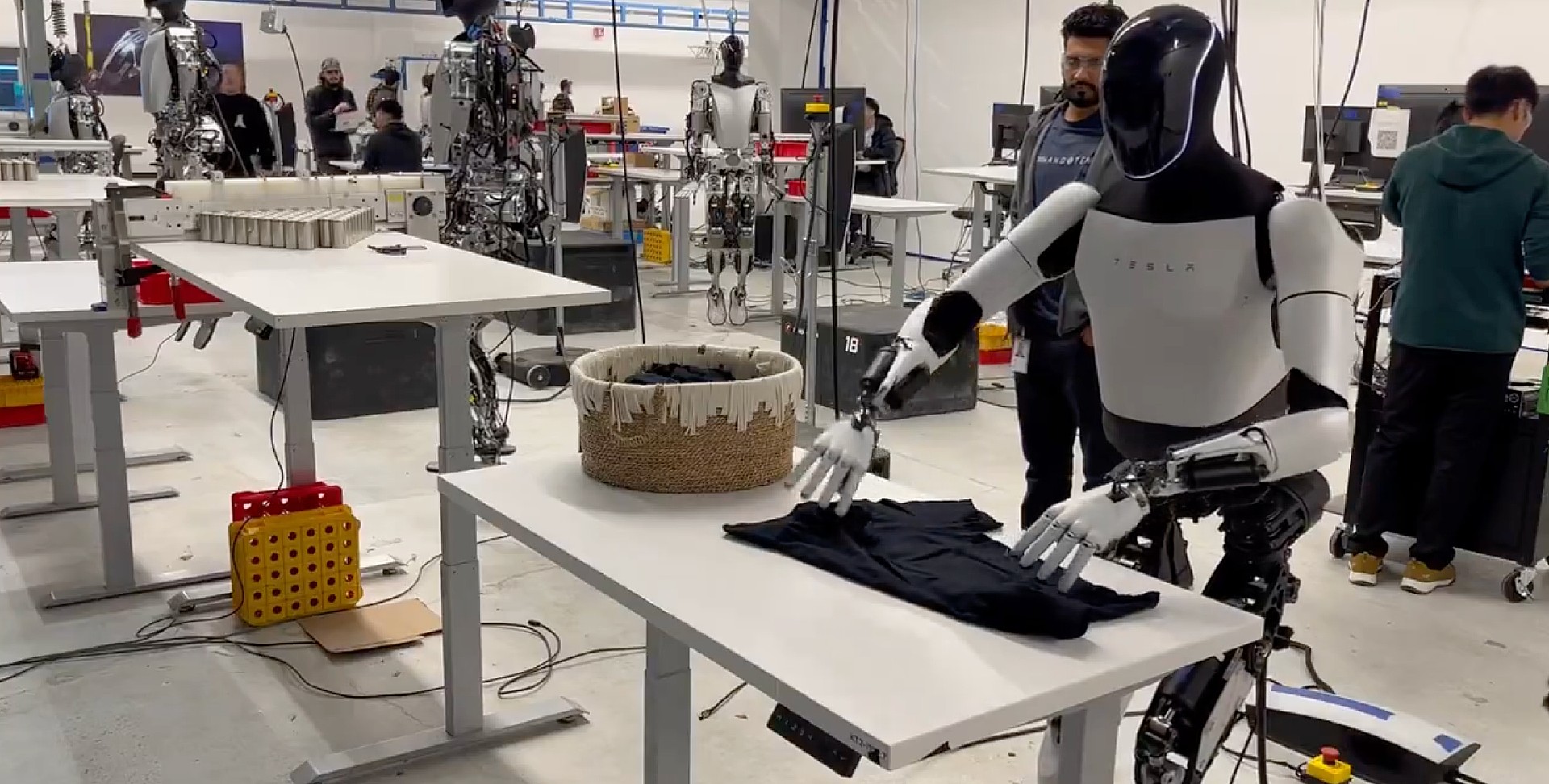
Tesla is recruiting Data Collection Operators to propel the development of its Optimus humanoid robot. The new hires will be critical in supporting Tesla’s data collection team to refine the Optimus bot.
The primary responsibilities of Data Collection Operators include gathering data, addressing engineering requests, and providing equipment feedback. Candidates must demonstrate data-driven decision-making and enthusiasm for robotics.
“We are looking for someone with enthusiasm for the field of robotics and a strong desire to contribute to the development of [the] Tesla Bot,” Tesla noted.
Available shifts for Tesla’s Data Collection Operators include 8:00 AM–4:30 PM, 4:00 PM–12:30 AM, or 12:00 AM–8:30 AM, with flexibility for overtime and weekend work.

Operators will walk pre-determined test routes daily, wearing motion capture suits and Virtual Reality headsets to perform specific movements based on project needs. Requirements include the ability to walk over seven hours daily while carrying up to 30 pounds, a height between 5’6” and 6’, and comfort with extended VR use. Candidates must also exhibit hand/eye coordination, body awareness, and the ability to travel up to 25% of the time with daily regional driving.
Elon Musk recently showcased Optimus advancements, sharing a dance video highlighting the Tesla bot’s agility and swift progress. Optimus has evolved significantly since its 2022 debut at AI Day, where semi-functional prototypes walked and moved arms. Critics initially questioned its reliance on remote control, but Tesla’s ongoing efforts are silencing doubters.
Morgan Stanley analysts project a $5 trillion market for humanoid robots by mid-century, with Tesla’s Optimus poised to capitalize in industrial and commercial applications. As Tesla pushes the boundaries of robotics, the Data Collection Operator roles underscore its commitment to innovation.
With Optimus advancing, Tesla’s recruitment reflects its strategic focus on AI and robotics. The data collected will refine the Optimus bot. Tesla Optimus could transform industries and position Tesla as a leader in the humanoid robot market, aligning with Musk’s vision for a tech-driven future.
Elon Musk
Elon Musk’s $56B pay package under review by new Tesla committee
Tesla forms a special board committee to reassess Elon Musk’s 2018 compensation. New performance-based options may be on the table for Musk.
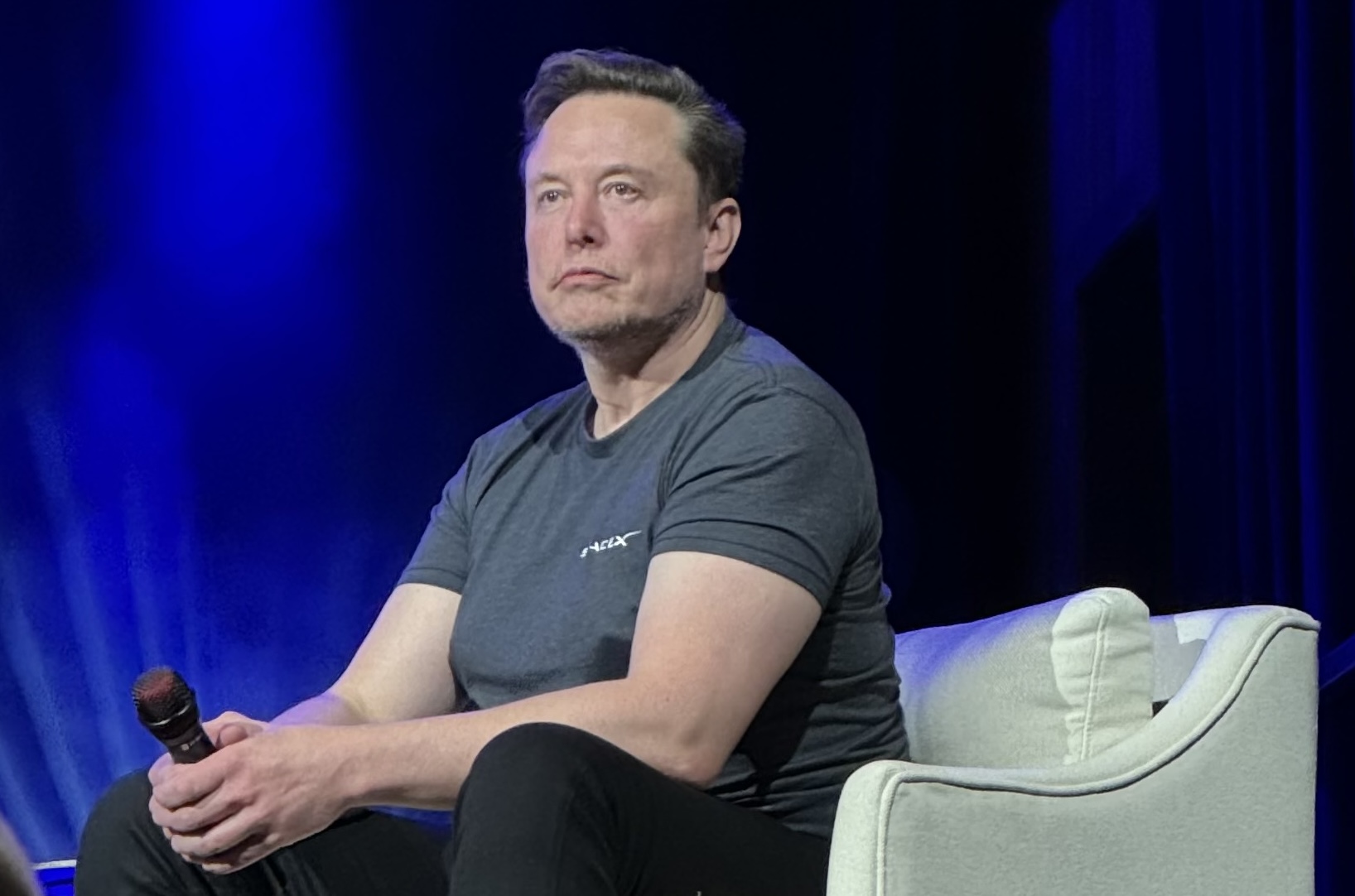
Tesla’s board has established a special committee to evaluate CEO Elon Musk’s pay package. The move comes as the company navigates a pivotal shift in its strategic direction.
According to the Financial Times, the new committee could craft a new stock options package. The committee, comprising Tesla board Chair Robyn Denholm and independent director Kathleen Wilson-Thompson, is tasked with reviewing Musk’s compensation, noted sources familiar with the matter.
The group will explore alternative compensation methods for Musk’s past contributions if the 2018 $56 billion pay package is not reinstated. Any new stock options would be tied to Tesla meeting financial, operational, and share price targets. Musk’s 2018 pay package is currently under appeal.
Last month, Tesla disclosed the formation of a special committee to address compensation matters involving Musk, though details were sparse. In March 2025, Musk appealed to restore his record-breaking $56 billion compensation, arguing that Delaware Chancery Court Judge Kathleen McCormick made “multiple legal errors” in rescinding it. The appeal began on March 11, 2025. Musk along with current and former Tesla directors are challenging McCormick’s application of the entire fairness standard in her ruling.
Tesla is at a crossroads as it pushes forward with robotaxis and humanoid robots. This shift repositions Tesla as an AI and robotics leader rather than a traditional automaker. Elon Musk is Tesla’s largest shareholder, holding a 13% stake. Earlier this month, Denholm refuted a Wall Street Journal report suggesting the board was seeking a replacement for Musk, reaffirming his central role in the company.
The committee’s review underscores Tesla’s efforts to align Musk’s compensation with its evolving goals amid legal and strategic challenges. As the appeal progresses and Tesla doubles down on AI-driven innovation, the outcome could shape the company’s leadership and market trajectory. With Musk’s vision steering Tesla toward uncharted territory, the compensation debate highlights the high stakes of balancing shareholder value with transformative ambition.
News
xAI’s AI Infrastructure Partnership gains Cisco as a key ally
Cisco joins xAI’s AIP alliance to build the infrastructure behind AI’s next era. The alliance could mobilize up to $100B for AI growth.

Cisco has joined the AI Infrastructure Partnership (AIP), led by xAI, BlackRock, Global Infrastructure Partners, MGX, Microsoft, and NVIDIA.
Cisco joined AIP to advance AI innovation through robust infrastructure. The collaboration underscores the growing momentum behind xAI’s mission to scale AI capabilities.
“AI is only as effective as the technology that connects and secures it. By collaborating across our industry and leveraging public and private partnerships, we intend to build the infrastructure necessary to fulfill the promise of AI as we work together to drive innovation and economic growth,” Cisco stated.
As a technology partner, Cisco joins energy collaborators GE Vernova and NextEra Energy, strengthening AIP’s platform to deliver secure, scalable infrastructure for AI workloads. AIP aims to unlock $30 billion in capital, potentially mobilizing up to $100 billion with debt financing, to support these efforts.
xAI’s partnerships have expanded significantly, with 14 technology collaborators. NVIDIA supplies critical graphic processing units (GPUs) powering xAI’s AI models, including Grok and the Colossus supercomputer. Other partners have not been fully disclosed, but likely include cloud computing or hardware providers enhancing xAI’s infrastructure.
In March 2025, xAI joined a $30 billion AI infrastructure fund with NVIDIA, Microsoft, and BlackRock, focusing on expanding U.S.-based AI resources. This consortium, backed by MGX’s investment fund, bolsters xAI’s ability to scale operations.
By April 2025, xAI partnered with Palantir Technologies and TWG Global to integrate AI models like Grok into financial services. The xAI collaboration with Palantir Technologies and TWG Global is expected to pave the way for broader adoption as more partners are expected to join.
Cisco’s entry into AIP signals a strategic push to address the infrastructure demands of AI’s rapid growth. With xAI at the helm, the partnership leverages industry leaders to ensure secure, efficient systems, positioning the U.S. as a hub for AI innovation. As collaborations expand, xAI’s vision for transformative AI solutions gains momentum, promising economic and technological advancements.
-
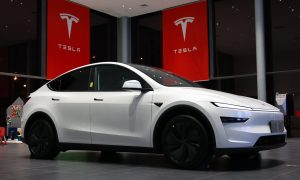
 News2 weeks ago
News2 weeks agoTesla offers legacy Model Y owners an interesting promotion
-
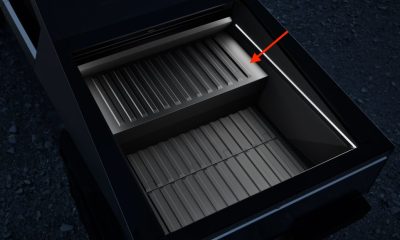
 News6 days ago
News6 days agoTesla Cybertruck Range Extender gets canceled
-
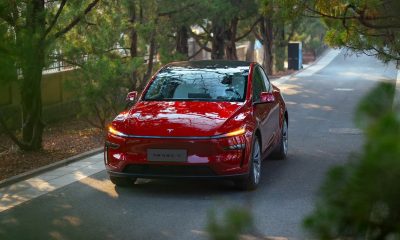
 News2 weeks ago
News2 weeks agoLike it or not, the new Tesla Model Y is a big hit in China
-
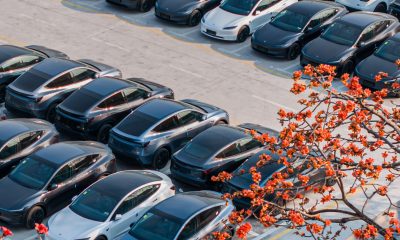
 News2 weeks ago
News2 weeks agoTesla China vehicle registrations rise 51% in April’s fourth week
-
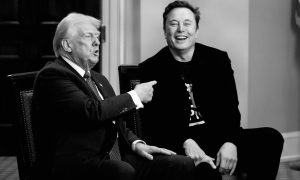
 Elon Musk2 weeks ago
Elon Musk2 weeks agoElon Musk is now a remote DOGE worker: White House Chief of Staff
-
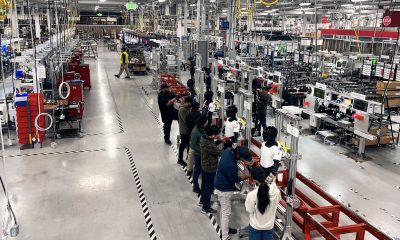
 News2 weeks ago
News2 weeks agoRobots like Tesla Optimus are a $5 trillion opportunity: analyst
-
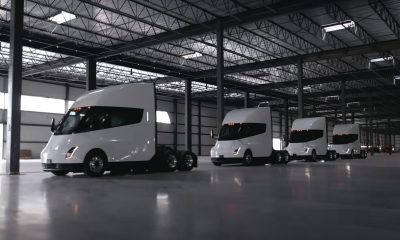
 News2 weeks ago
News2 weeks agoTesla hired over 1,000 factory workers for its Semi program in NV: report
-

 Investor's Corner2 weeks ago
Investor's Corner2 weeks agoTesla Board member and Airbnb co-founder loads up on TSLA ahead of robotaxi launch


